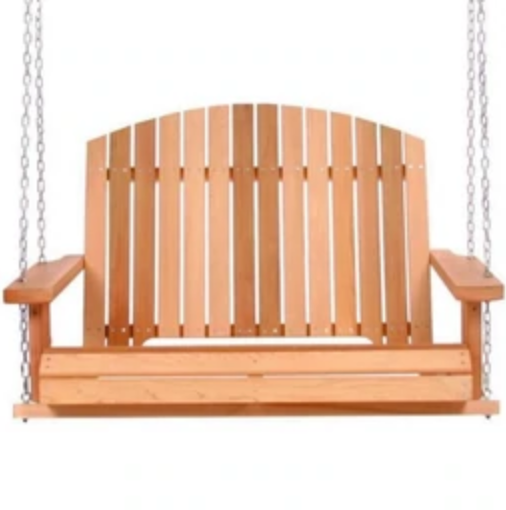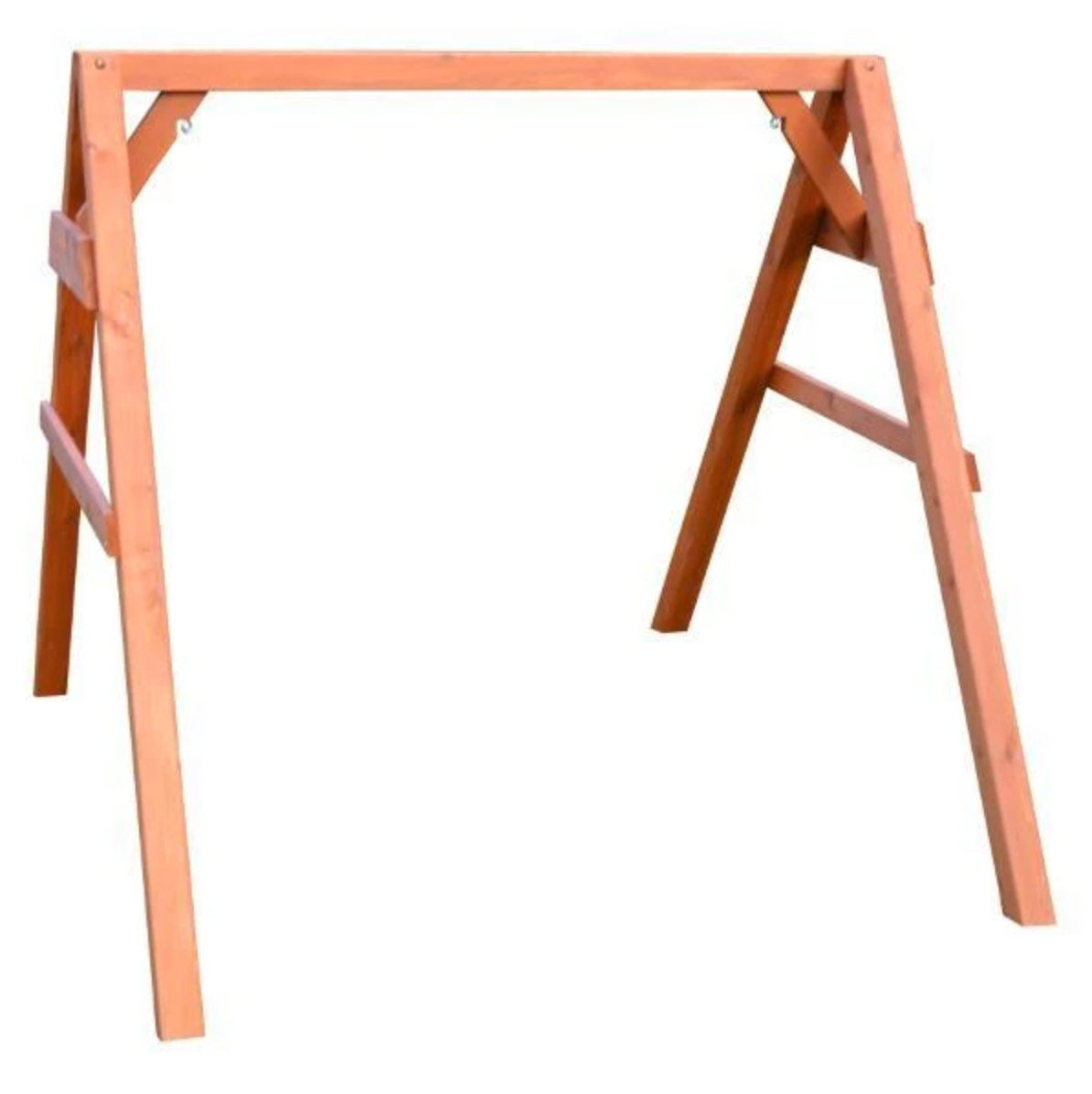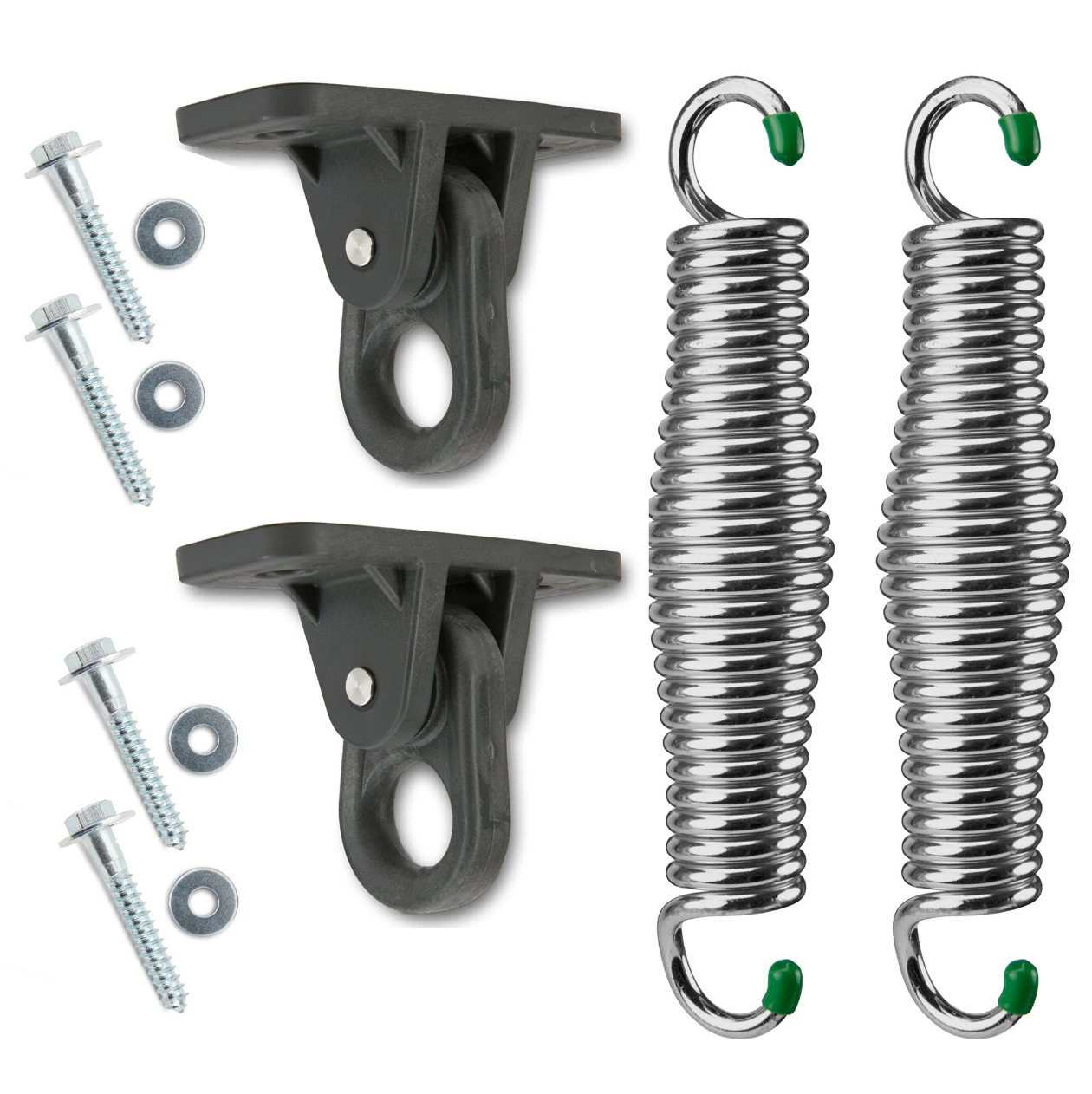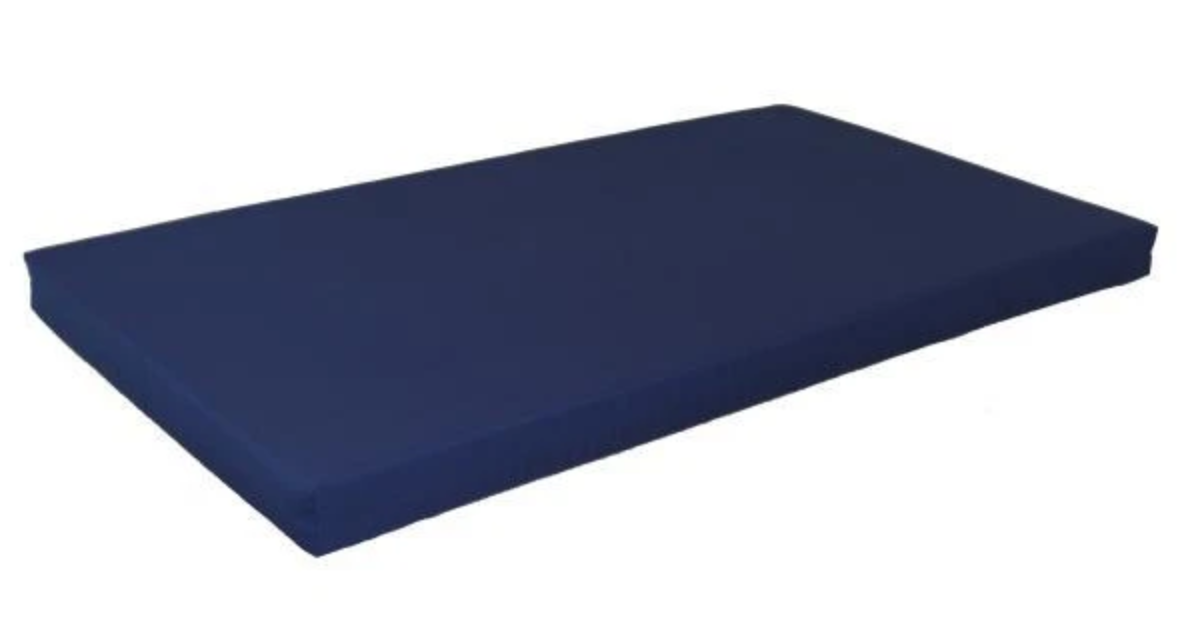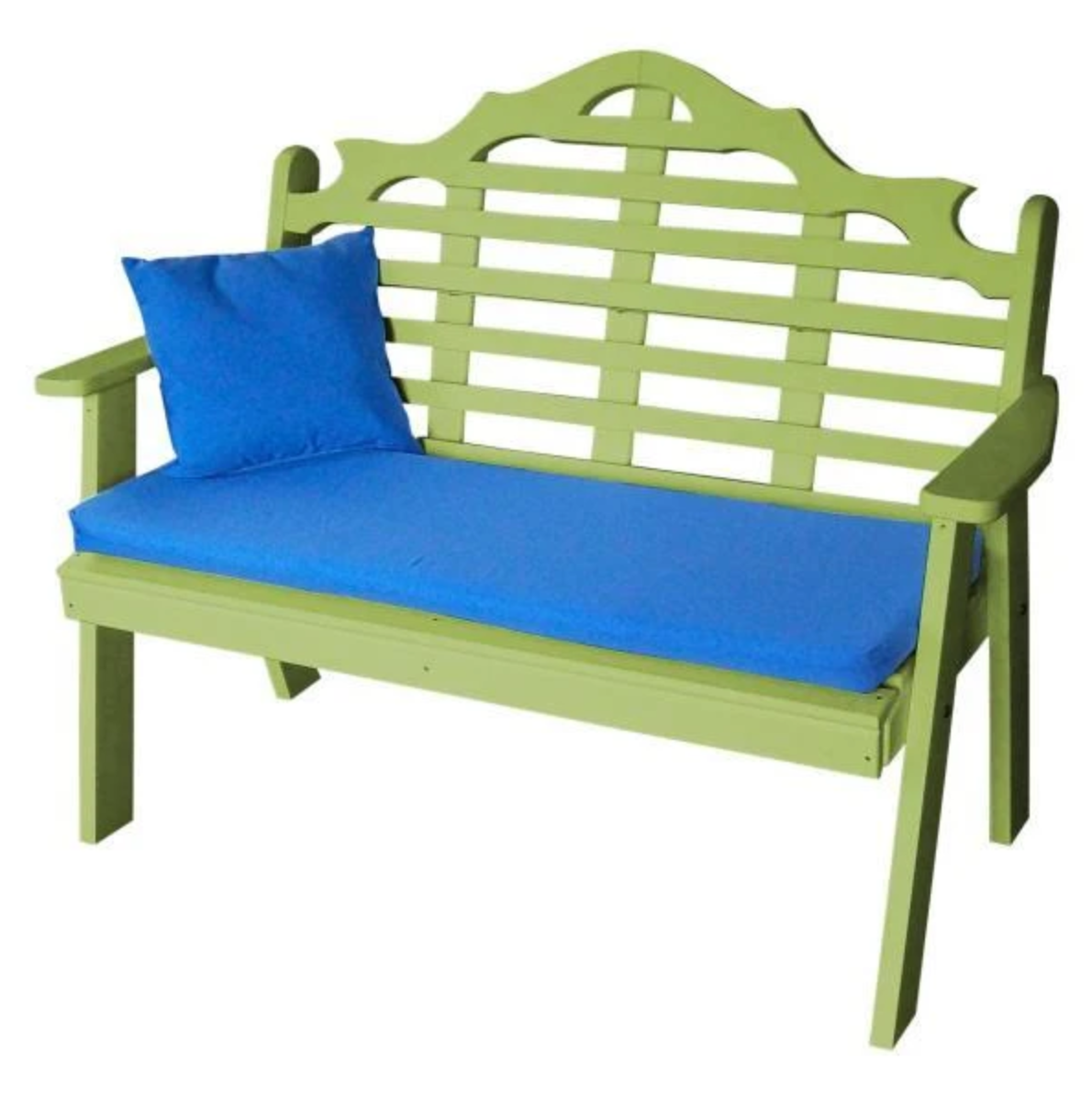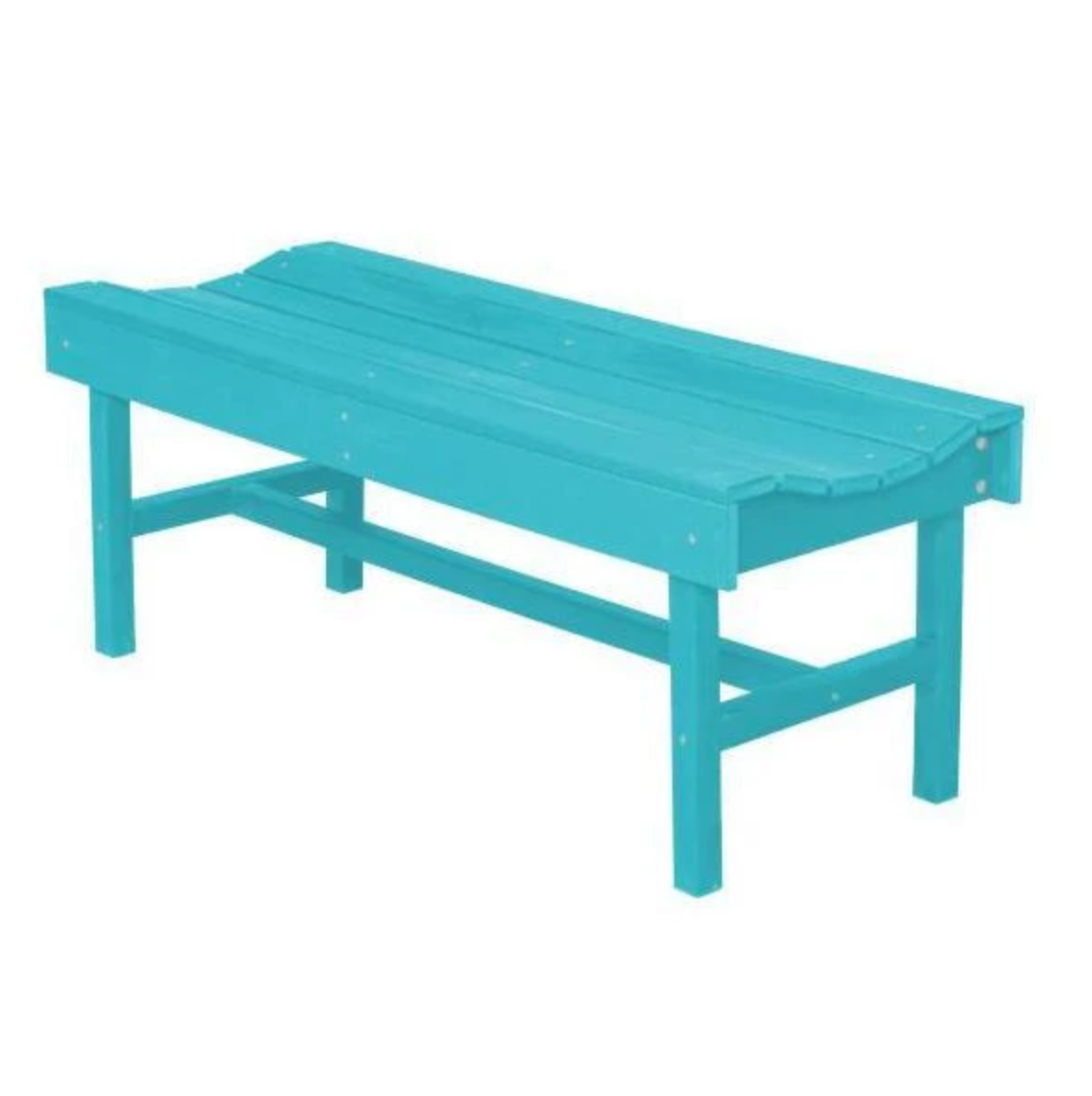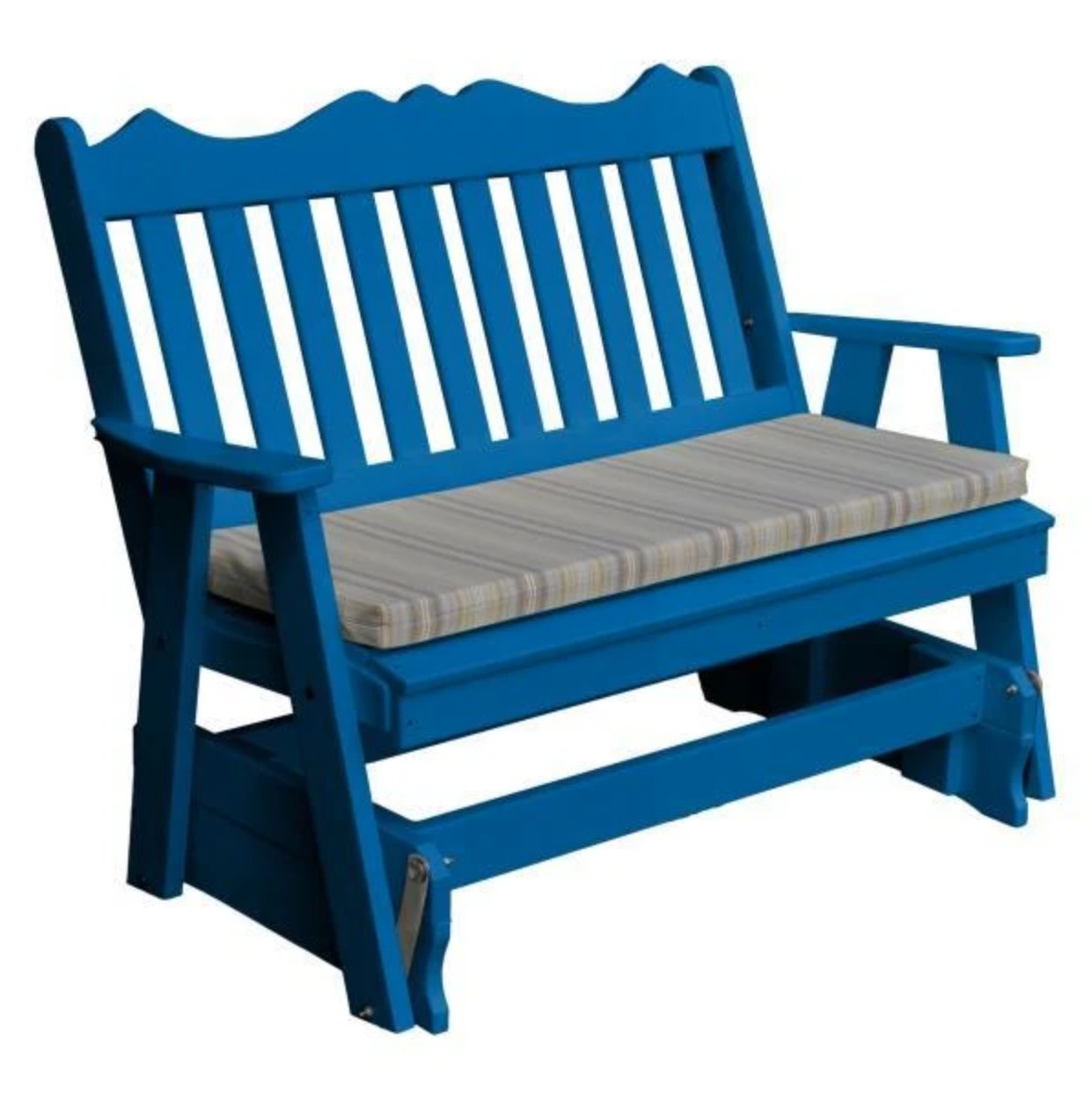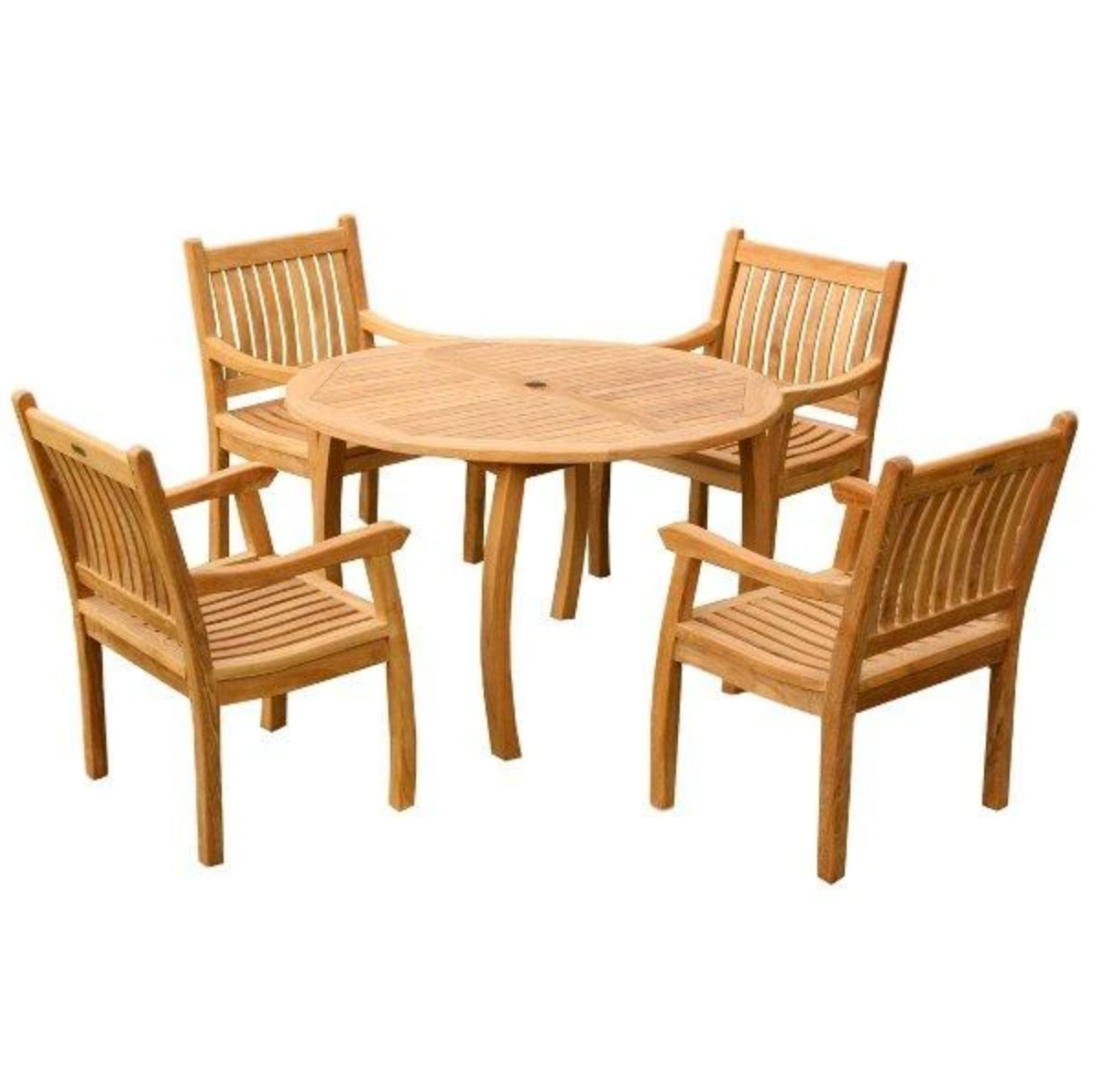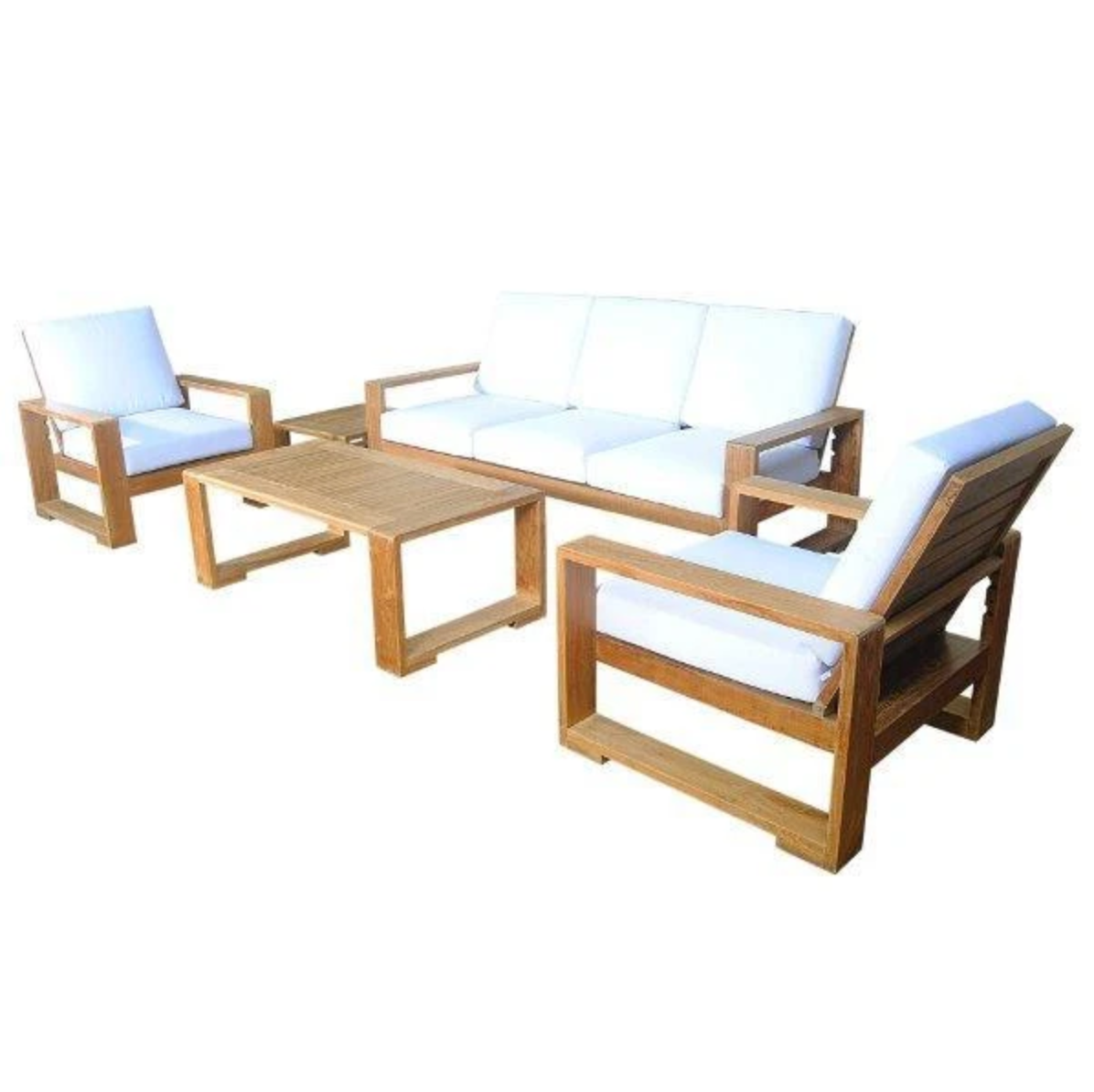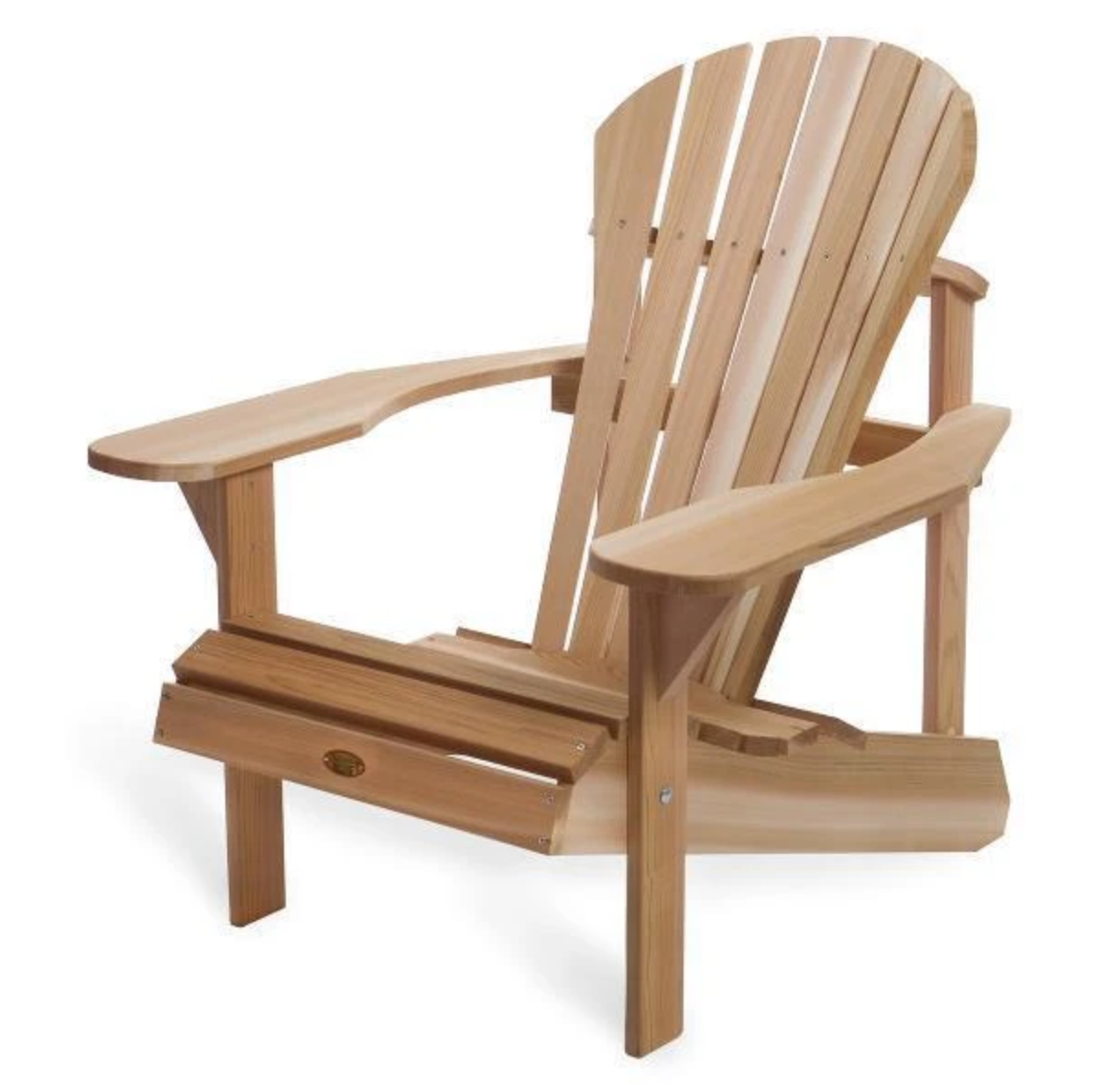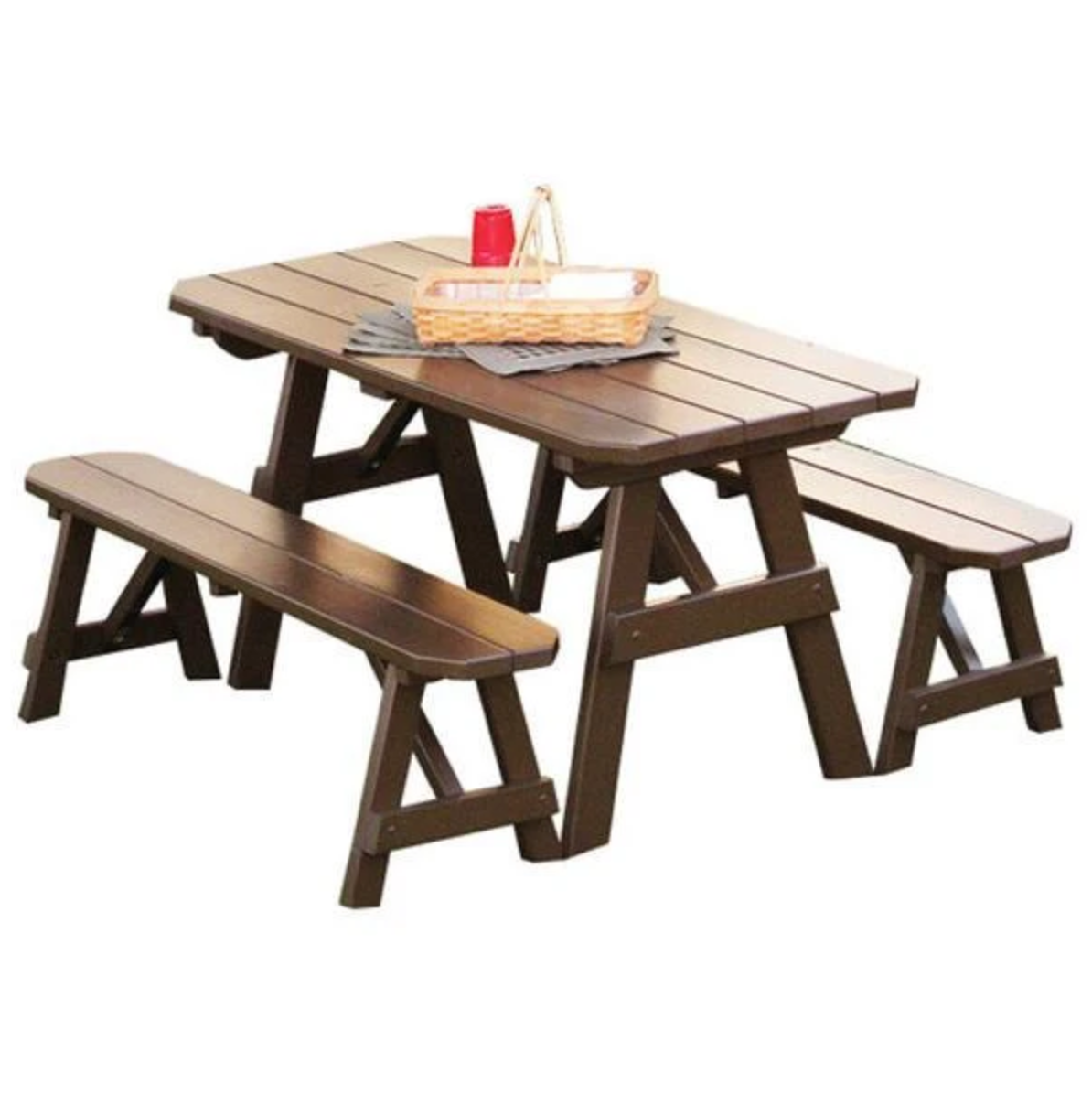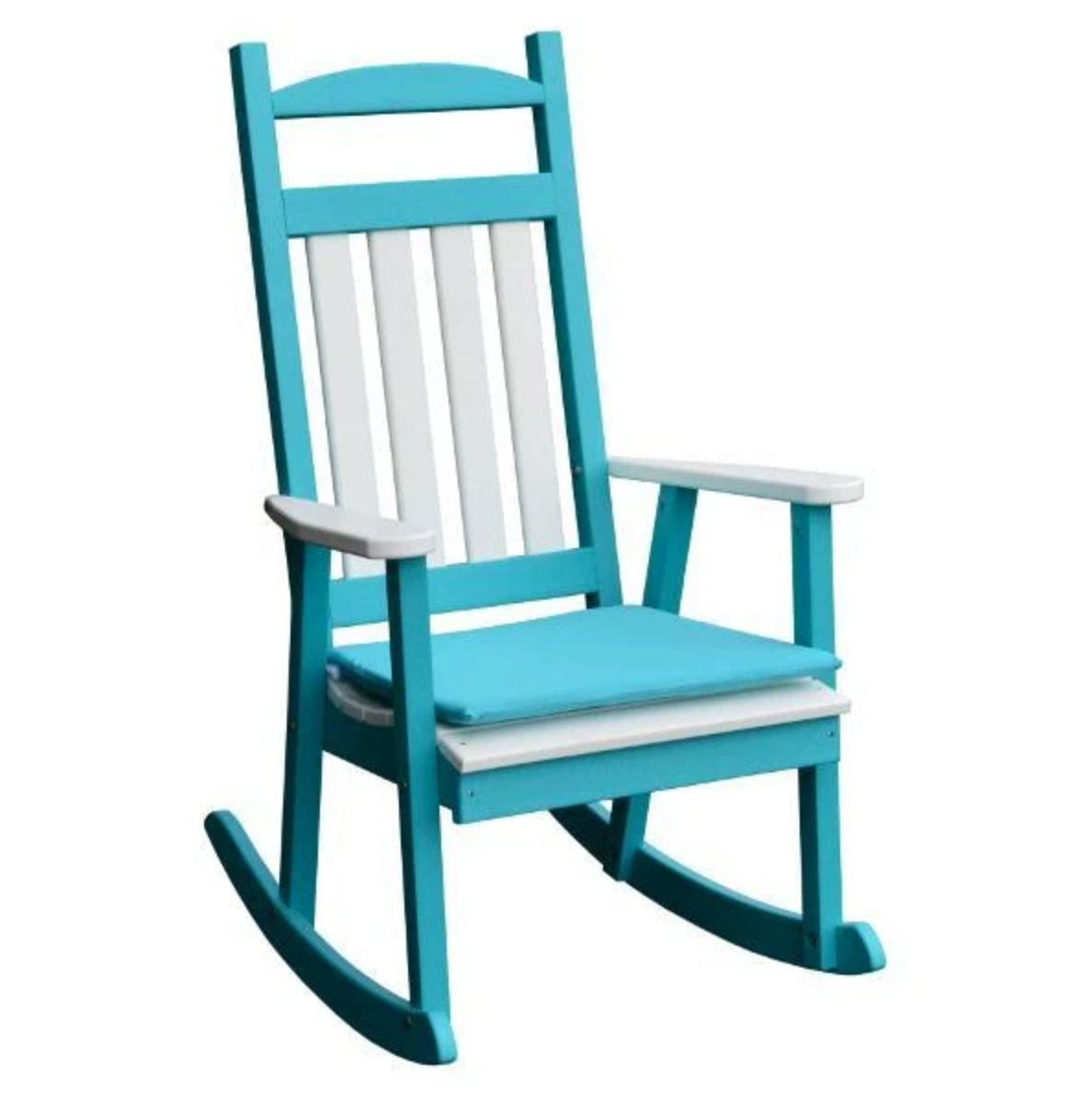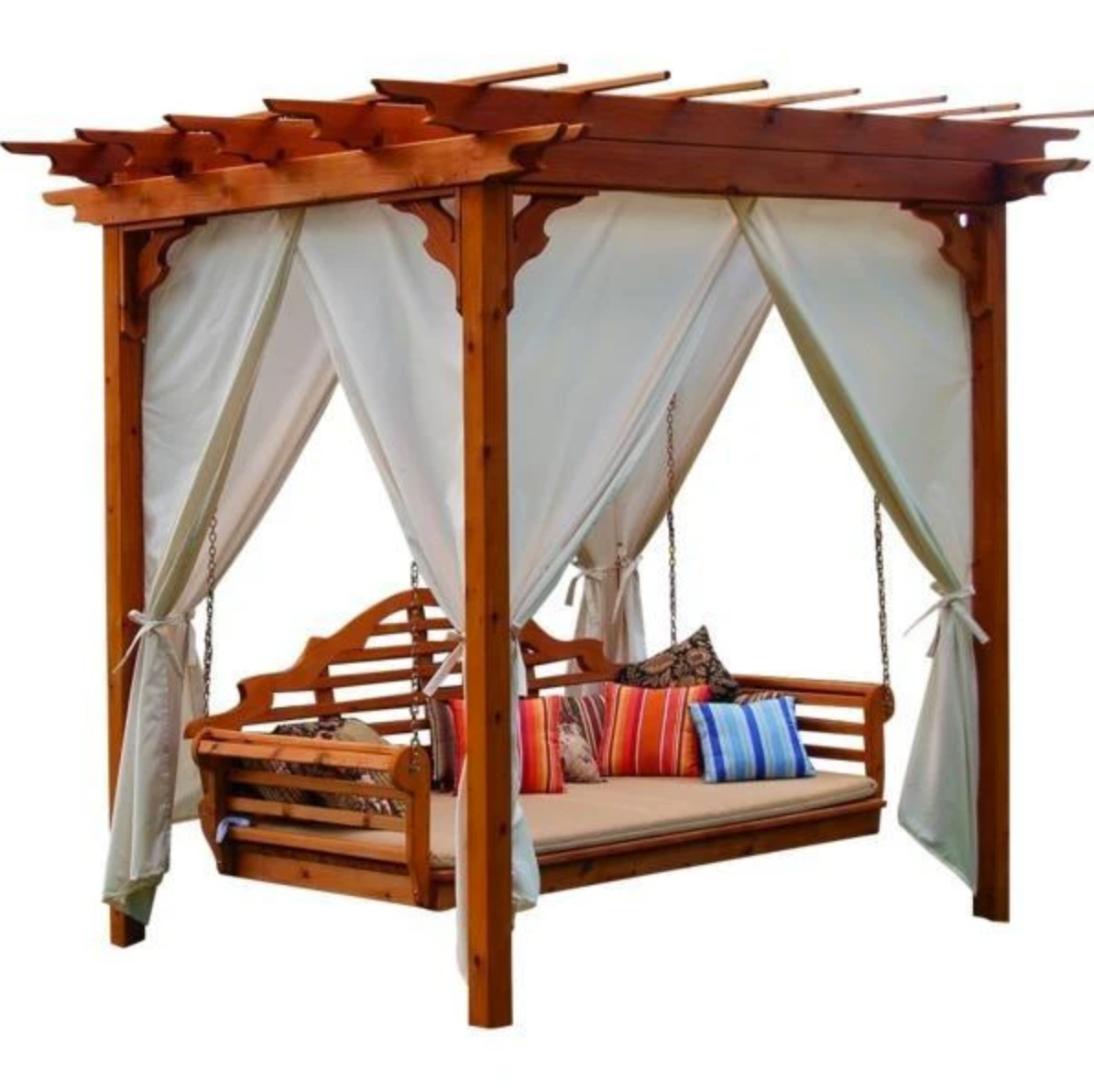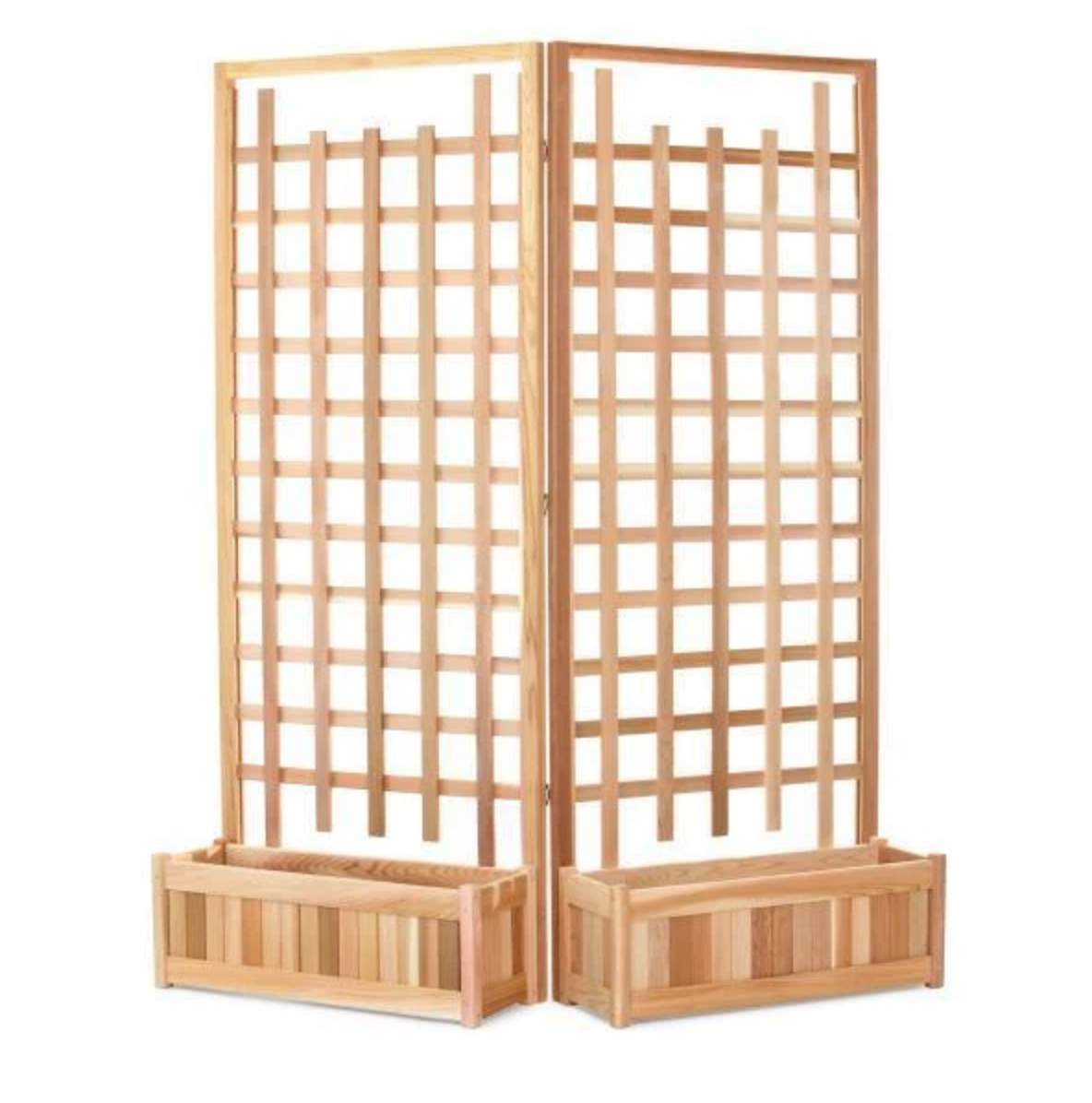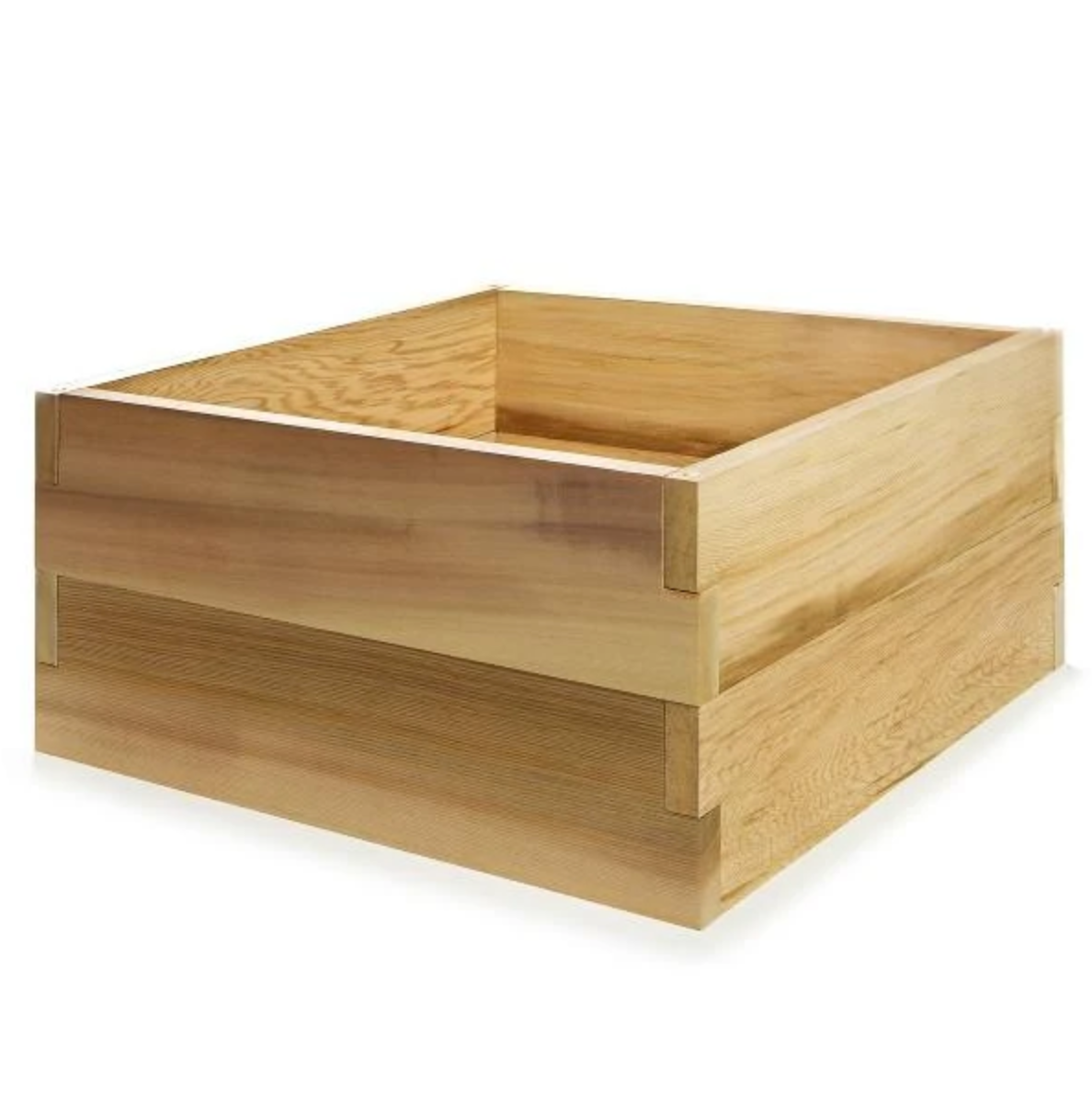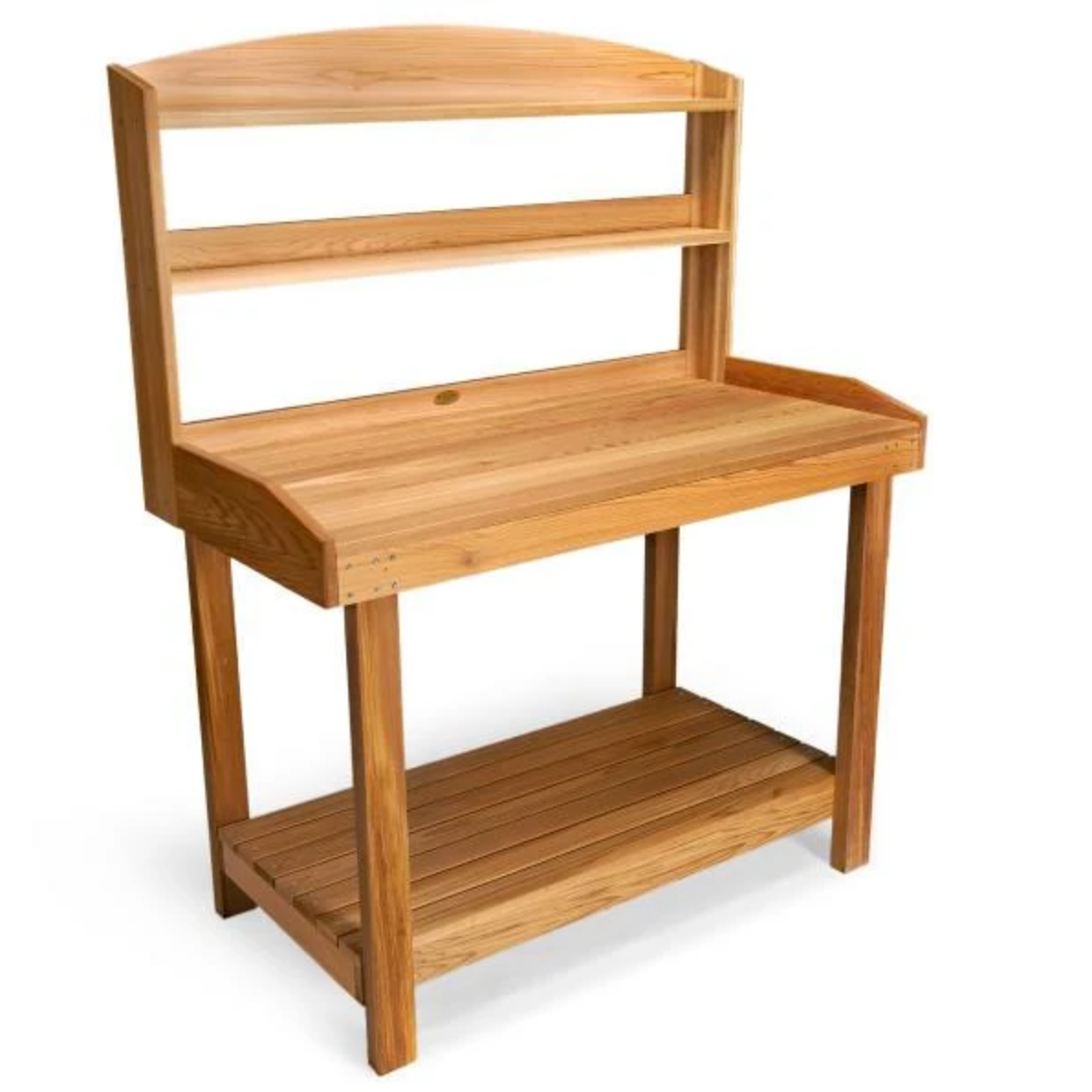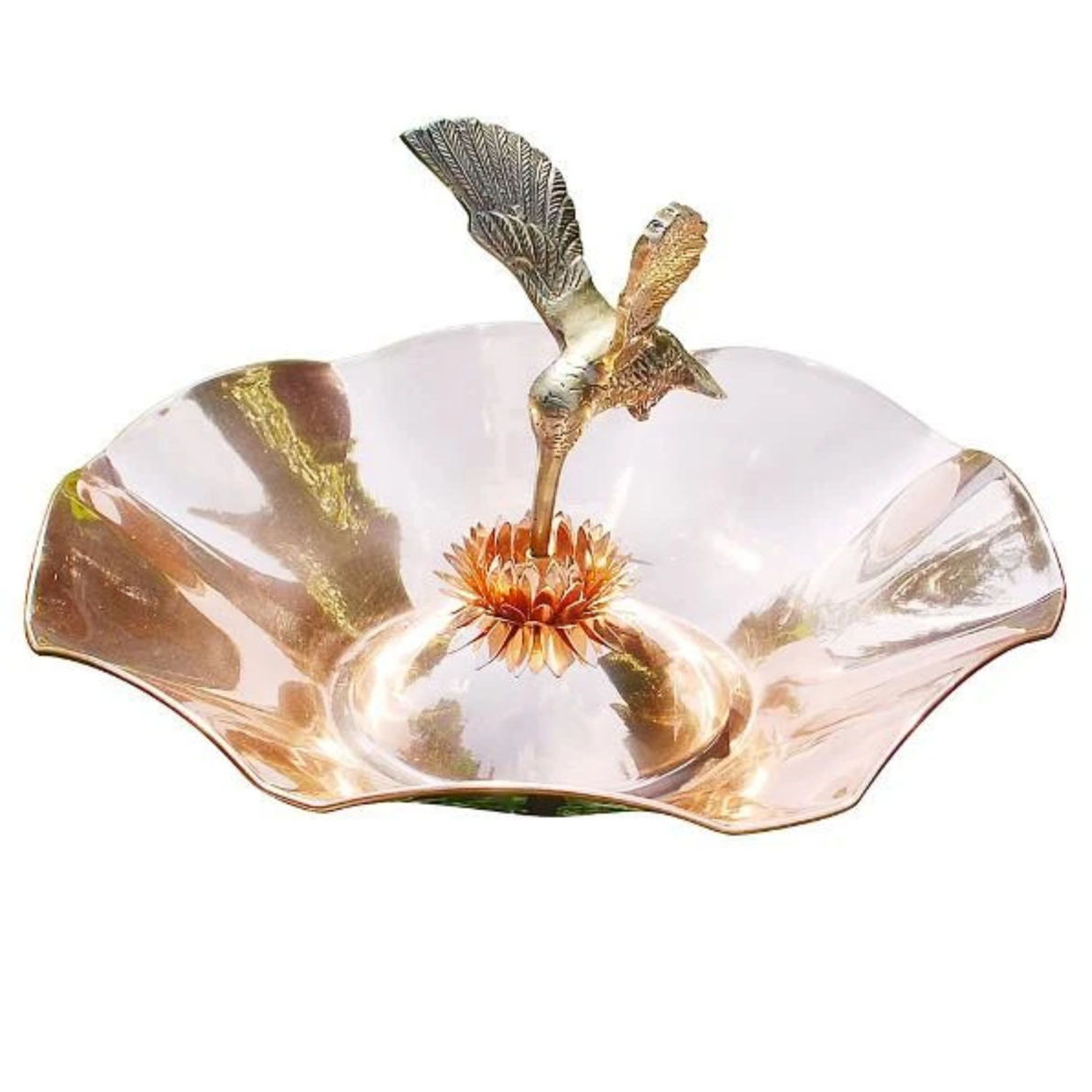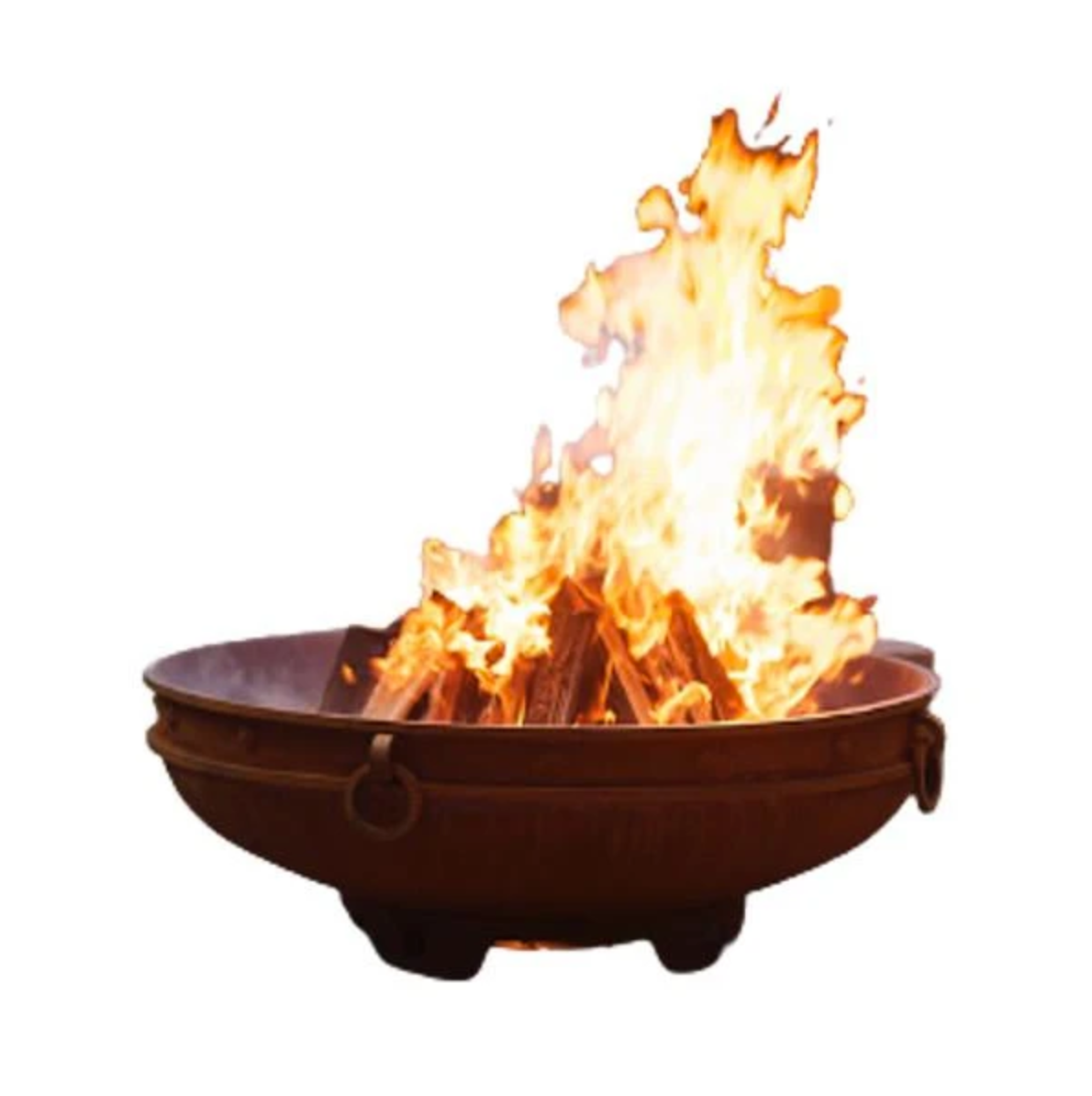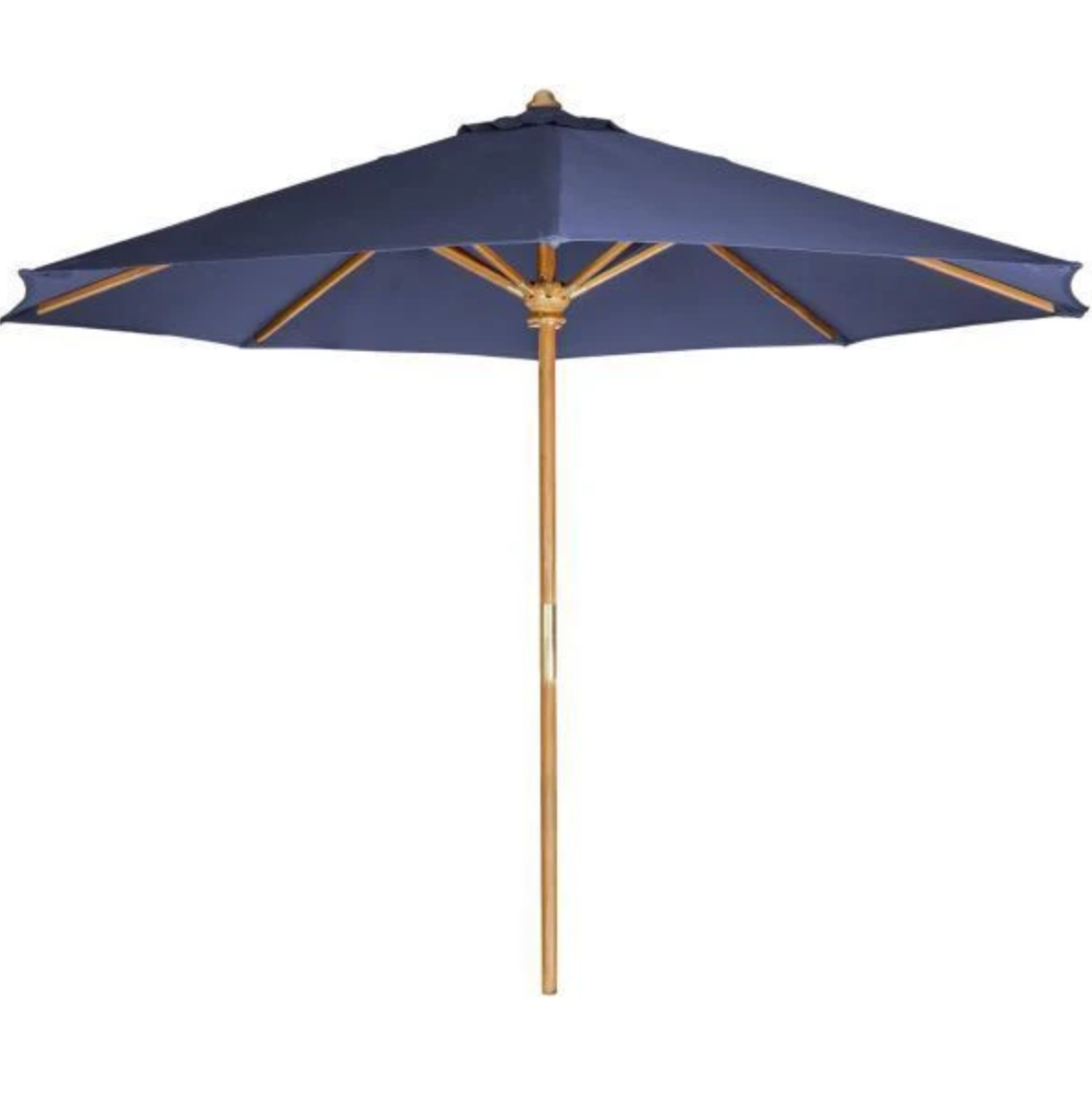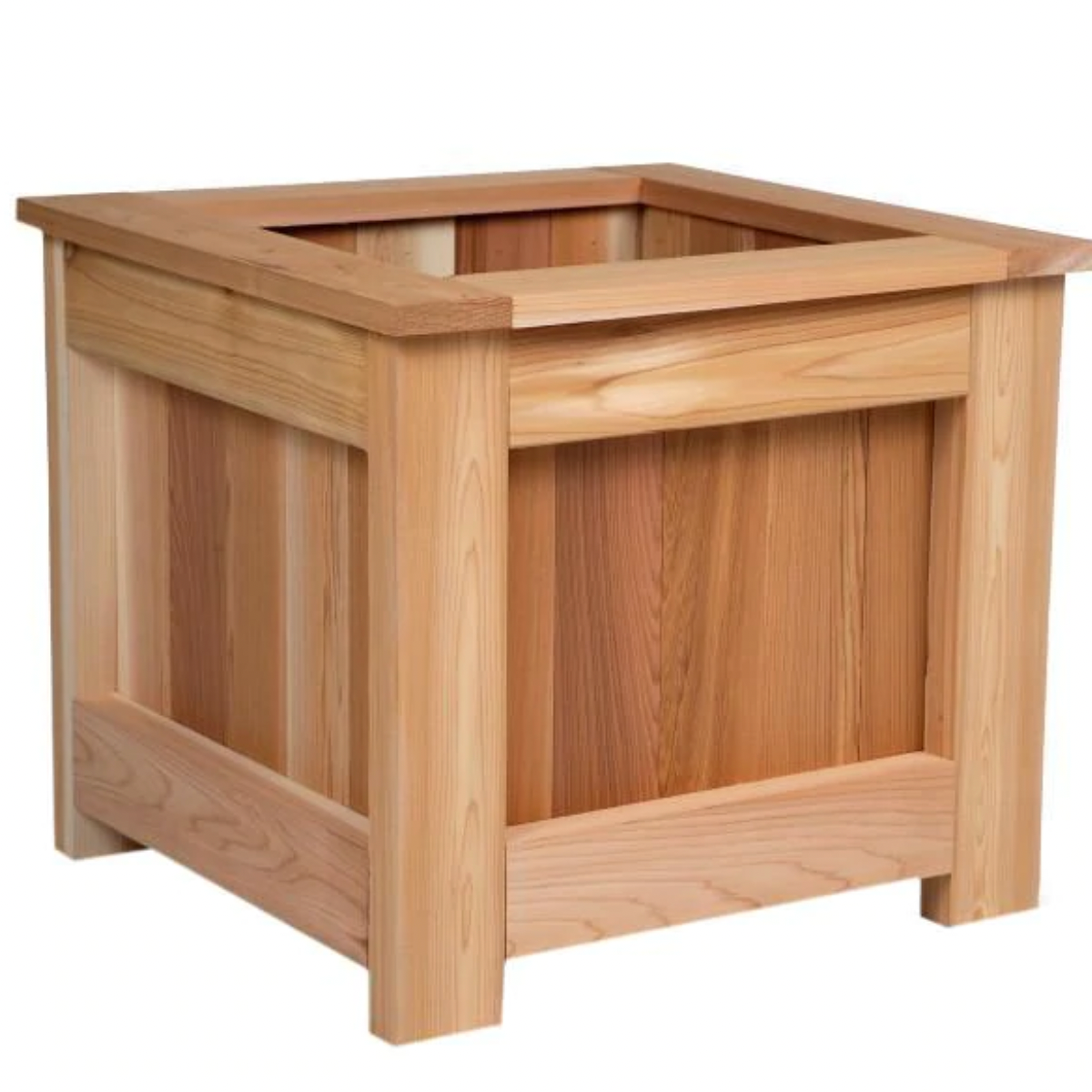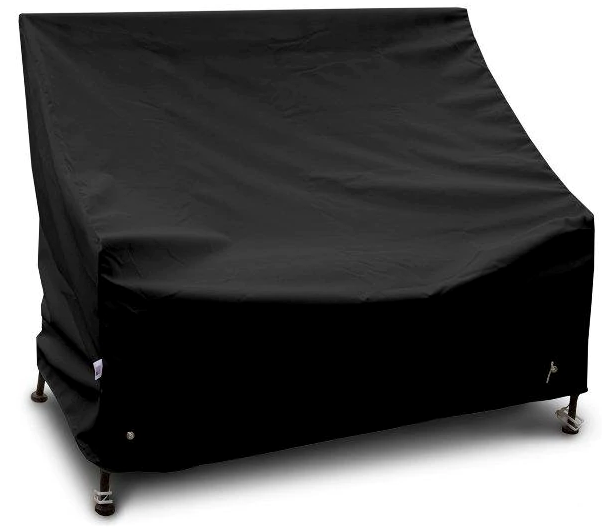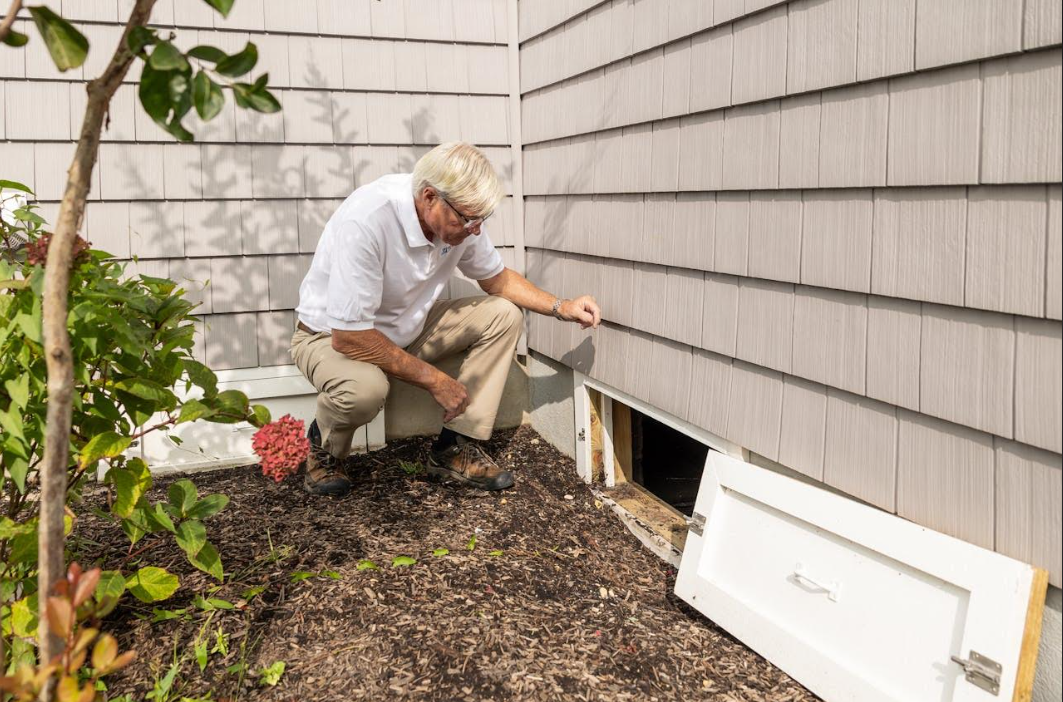Your Cart is Empty
FREE SHIPPING ON EVERY ORDER
Menu

FREE SHIPPING ON EVERY ORDER
Swings
Benches
Tables & Chairs
Home & Garden
4 Things You Need to Consider to Build the Best Fire Pit Ring
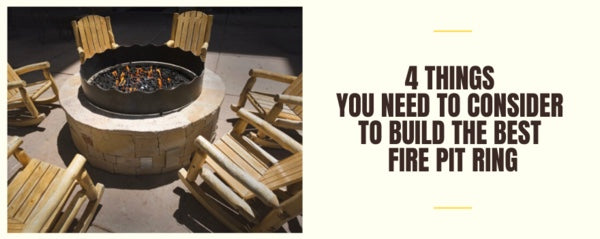
Do you need a ring for a fire pit? Outdoor parties come alive when an open fire starts blazing with its mesmerizing flames, bringing warmth and people together. It automatically brings a festive atmosphere, ushering in a fresh wave of energy to the gathering. Some may be hesitant to light up a fire pit because of its potential danger.
The best solution to address apprehension is by setting up a preventive measure in place. One is a fire ring, a barrier made of metal or concrete that contains and prevents a fire from spreading. These long-lasting rings provide warmth and comfort and offer a focal point for your outdoor parties. It's even an excellent spot for open fire cooking.
The actual ring may be nothing more than a short, wide section of metal, partially buried in the ground. If it's of decent height, add grates for cooking, which is often seen at campsites.
Fire rings in public areas are usually made of concrete. When burning wood, however, exercise caution as concrete enlarges with heat. The burner should be high enough, so the two do not come into contact. Refractory concrete can withstand higher temperatures. Some stones can be susceptible to heat and can explode when heated due to trapped gas pockets and thermal expansion.
Once burning, concrete becomes rough and split. Prevent this by lining your pit with another material. Use metal or fire brick as a lining, depending on your preference. Then add a good few inches of lava rock to insulate effectively.
Below is a compilation of useful items one has to consider as soon as you want to start the construction of your fire pit ring. It's a well-thought-out list gathered by our experts here at The Charming Bench Company.
How to Build the Best Fire Pit Ring
1. Fuel Sources
Wood is a cost-effective fuel source and an excellent choice if you love listening to the sound of the fire crackling as the wood burns. Some wood types produce a distinct aroma. However, the fire's extreme crackling and the carbon monoxide produced by burning wood can be dangerous.

Also, lighting and putting it out is more tedious than the other fuel sources. Then there's the additional task of cleaning the ashes periodically to ensure that your fire pit is functioning optimally.
Wood burning is the more natural approach to fire pits but can also be the most unpredictable. A sudden shift in weather conditions may significantly affect how the fire behaves. It would be best if you also watched for debris that may escape and cause an uncontrolled fire. For this reason, a fire screen is advised.
Propane is a great non-toxic alternative fuel source for wood. One of the top advantages of propane over wood is that it doesn't shed harmful smoke. Generally, a 20lb propane tank can run for about 12 hours. Be prepared to replace the propane tank periodically when you opt for this fuel source. This type of fuel is liquid petroleum gas. When using propane, you need to have a ventilated area to ensure sufficiently spaced vent holes.

Propane needs to be mixed with air to ensure the air in the pit stays clear. Use an air-fuel mixer. Fire glass will likely darken with frequent use. Although propane is the most accessible fuel, it is not ideal for cooking as the temperatures are not as high as wood-burning or natural gas.
When placing media in the pit, note that if you put too much of your material above the burner, there is a risk of trapping gas into your fire pit, leading to flames bursting. It is essential information, especially if you want to use fire glass as media. Lava rock is a better option since it can be layered around three inches deep above the burner.

Natural gas is another excellent non-toxic fuel option with less soot and more affordable than propane. It is lighter than air, so it is not as dangerous in poorly ventilated areas. Another advantage is that fire glass and lava rock can be placed up to three inches above a natural gas burner.
However, before you opt for this natural fuel source, it is prudent to check whether it is available in your area. You will also need to install natural lines to your fire ring. Unfortunately, a professional is required to hard-plumb the natural gas lines. Additional paperwork may also be required as local authorities' approval for installing natural gas lines may be needed.
Ethanol, also referred to as bioethanol, clean-burning ethanol, is famed for its mesmerizing flame. Coupled with a sleek burner design, this fire source is becoming the fire pit choice for many homeowners, both indoor and outdoor. You can use ethanol even without ventilation, but you always risk a smaller fire pit being knocked over.
The disadvantage is that the flame resembles more of a burning candle when in use. The different variations of this fuel are usually more expensive. These types include fireplace fuel, bioethanol, fire gel, biofuel, spirits, denatured alcohol, and ethanol.

2. Hardware
It is also necessary to consider hardware such as burners, burner pans, igniters, air mixers, valves, and piping when planning to build a fire pit ring. A button spark igniter, an automatic igniter, or a simple match are the requirements to light your pit.
An automatic igniter is more expensive, mainly if it includes a timer or remote control for added convenience. Safety precautions such as flame sensors are pre-installed. It cuts the fuel source once the flames are extinguished.
Burners are generally the best quality when they are made from stainless steel. It comes in various sizes and shapes that can modify the heat distribution. Standard shapes are circular and "H" shaped, triangular, round, rectangular, and square fire ring shapes. L-shape fire rings are considered more complex.
The burner must be placed into a stainless-steel pan. Piping is used to link the burner to the valves.
3. Finish
The number of people you plan to entertain should dictate your fire pit and ring sizes. Once that settled, including the shape, the next step is to decide on its finish.
Gas fire pits come with different materials, including brick, tile, stone, and metal. Go for materials with color combinations that match with your backyard's style theme or exterior surroundings. Several homeowners favor stainless steel and natural materials because of their low maintenance and weather resistance features.

4. Safety
Safety precautions should be your priority when installing a new fire pit. Ensure that there is enough space between the new gas fire pit and your backyard structures. Be wary of balconies or awnings that could catch flame. As a guide, ensure that you leave 30 ft clearance vertically when installing your new fireplace.
It is essential when using any fuel to have a way to close off the fuel source. A quick disconnect of propane is to pull the tank away. When using natural gas, a key valve must turn the fuel off and lock it by removing the key.
This method is safer than using an automatic igniter. These igniters are not able to be controlled by a person if there is an unexpected condition.

More Tips!
To get the most of your outdoor fireplace, you can also consider the following:
- Ensure that the pit's foundation is level when digging your pit and place stones around it. The fire pit ring should be appropriately raised and is stable.
- Strive to place portable fire pits on hard and fire-resistant materials like stone, brick, and concrete.
- To make the fireplace even more enjoyable, build it downwind, based on the prevailing winds in your locality, to keep the smoke from blowing into your guests' faces and to stop errant sparks from reaching nearby structures.
- Strive also to take advantage of higher grounds in your backyard. Construct your gas fire pit ring in a location where you can easily see the nearby natural scenic views or skyline.
Also in News
US
United States
Jan 11, 2026 12:28
Product Tag :
Product Collection :
×
